“Work with what you have.”
For a world in which the pursuit of more has led to the destruction of so much, this dictate seems to be the simple solution to many ills. But how can one get ahead by being content with what they have?
Still, this philosophy led Laura Zoff to transform her family’s farm, Fattoria Zoff in the Northern Italian region of Friuli Venezia Giulia, into a bridge between the past and future. It is a November morning when she relays this advice while introducing us to her land and animals.
“My dad always had a big passion for cows,” she explains of the farm, which now specializes in organic cheese. The farm, built by her grandfather and carried on by her father, originally specialized in bottling milk. The family’s primary passion has been focused on the animals in their care, and it’s clear this love has been inherited.
As Zoff tells her family’s story, she leads us through the stable, greeting the cows—a Friulian breed called Pezzata Rossa. “We think there is always a reason why a product, animal or herb grows in a special area, because of the climate, the sun, the herbs in that region,” she says.
Their passion for the animals means optimal nutrition is also part of the business plan. “Everything they eat goes into the milk and cheeses we make,” Zoff says. “Everything they eat has a specific consequence on [the cow’s] body.”
Zoff explains that the farm’s metrics for success are less about the quantity of milk or their other products, and more about their cows’ quality of life. “If we focus on their wellbeing, as a consequence, we increase the good elements in the cheeses.”
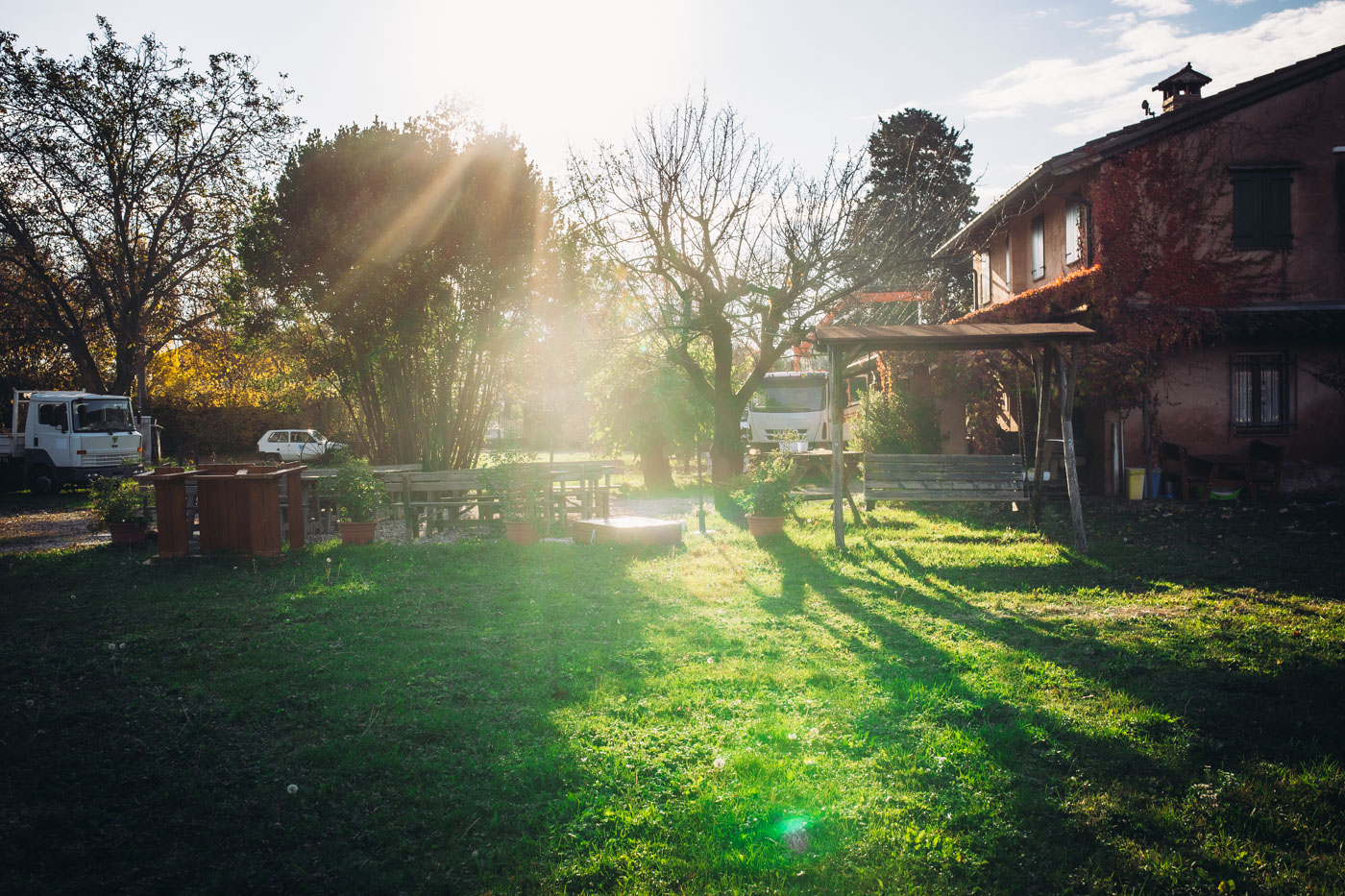
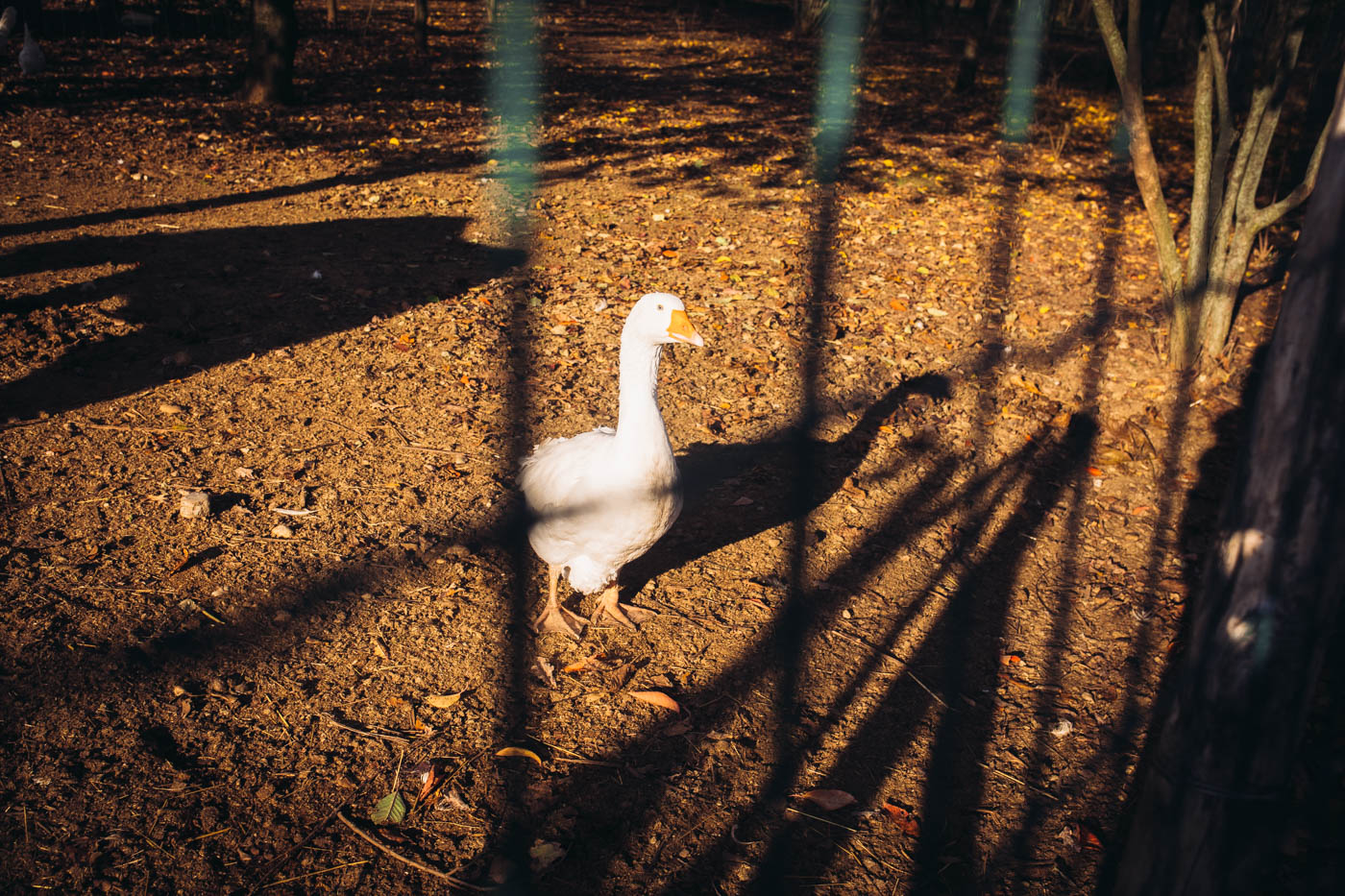

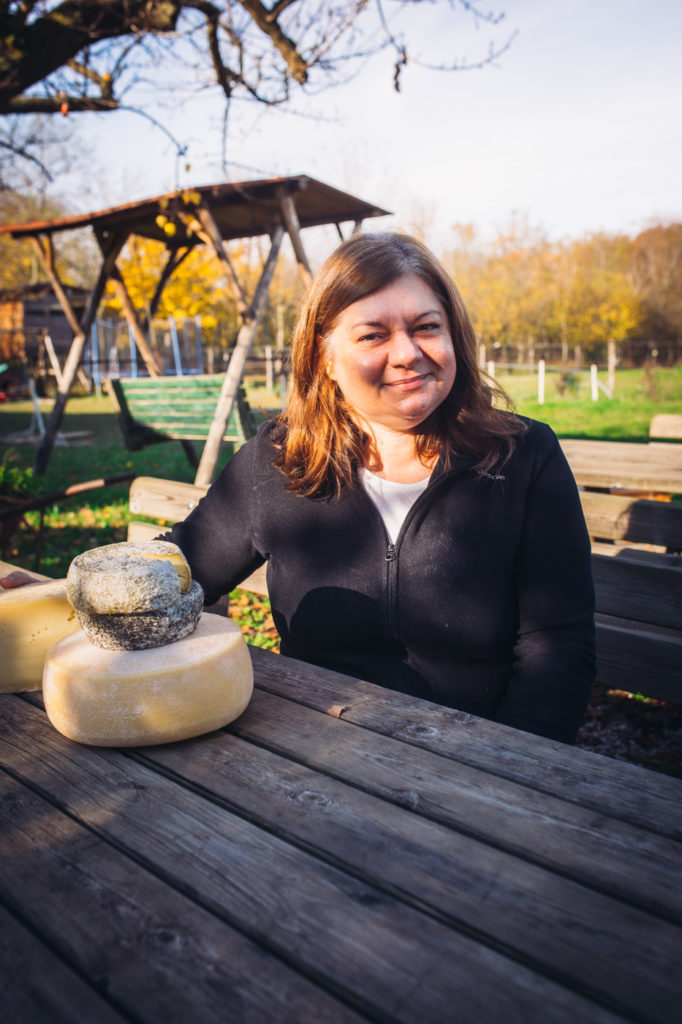

At the time when her father took over the farm in the late 1980s, the cows were employed primarily for milk. “For 10 years, he produced milk and sold it directly to companies who would transform it into cheese or put it in the bottle,” she explains. But it became clear that strictly producing milk would be unsustainable.
“One liter of milk costs a lot for the farmer to produce in this way, without chemicals or products on the fields or medicines for the cows,” Zoff says. “This is only possible because we created a closed cycle on the farm.”
The family referred to the past to determine which herbs were native to the area and would grow without additional resources in order to make that closed cycle a reality.
“We wanted our cows [to] live free on the pasture and eat directly from the grass,” Zoff says. This is not common practice, as many similar farms provide cows with supplementary feed options. Instead, the Zoff family transformed the field into a mixture of herbs, planting 15 to 20 different types. After that, it was a process of observation and natural selection. They allowed the herbs that did not thrive to naturally disappear, while continuing to nurture those that flourish. It was a way to listen to the land, allow the area to let them know what was natural, which the Zoffs felt would intuitively feed the cows native to the region as well.
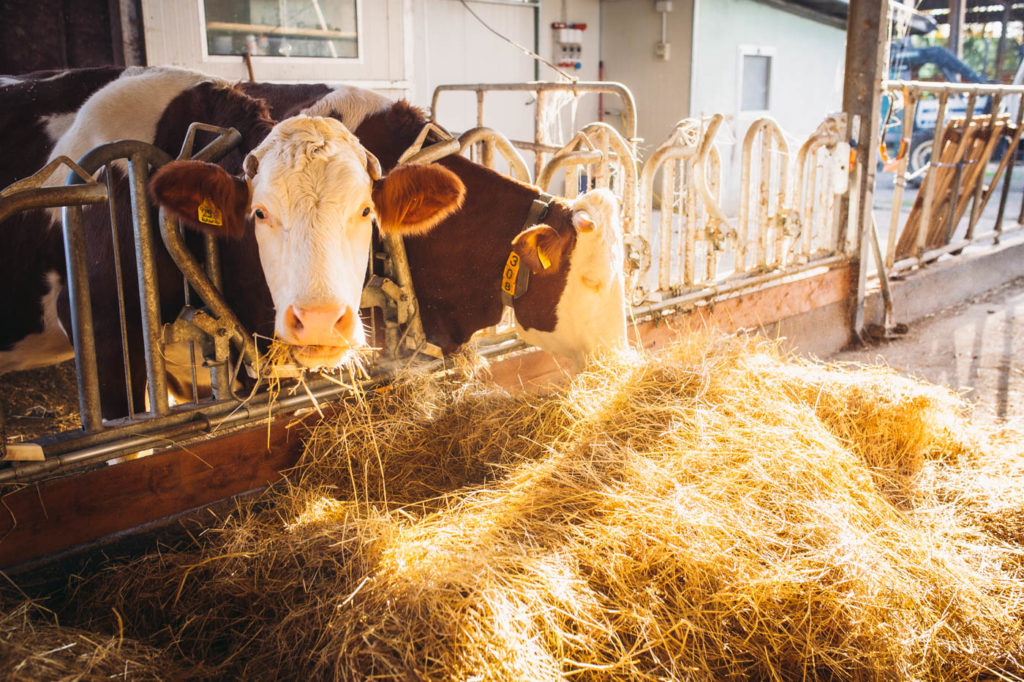
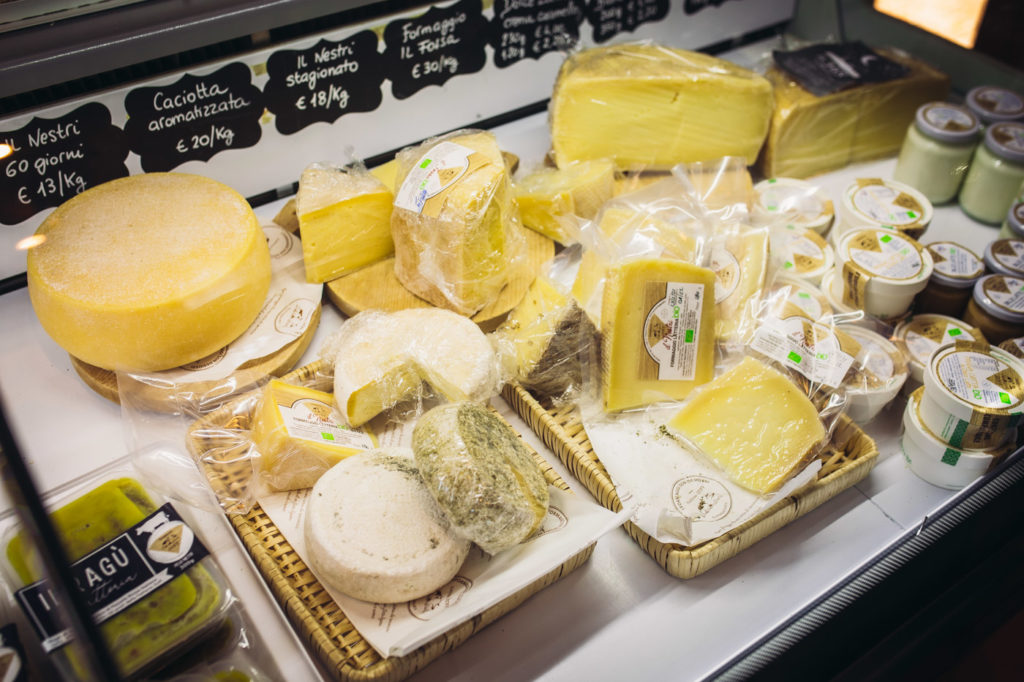
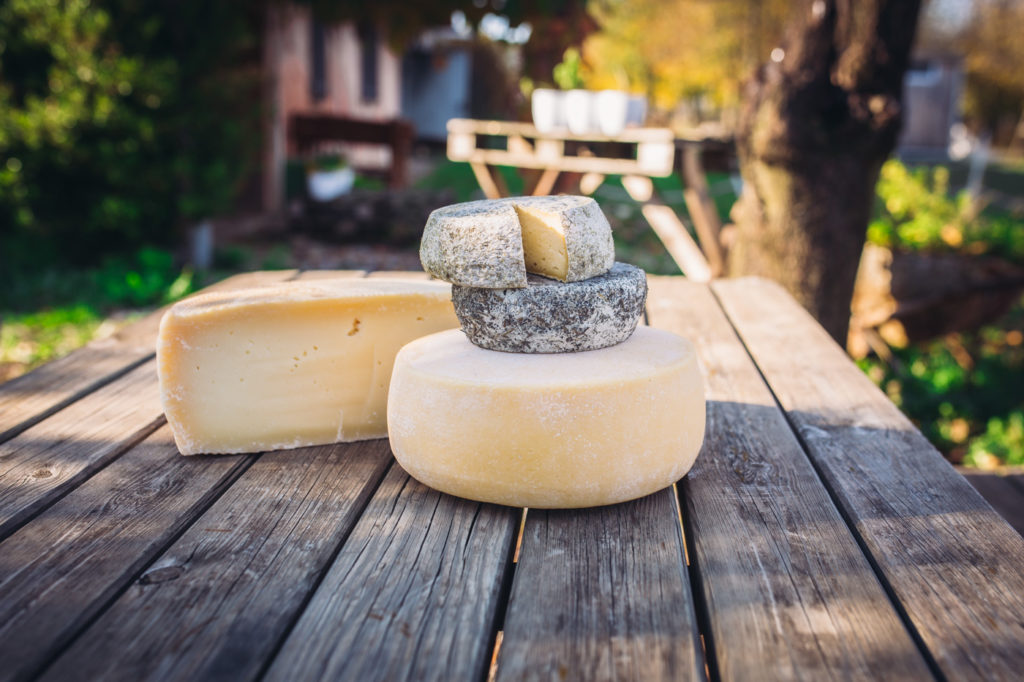
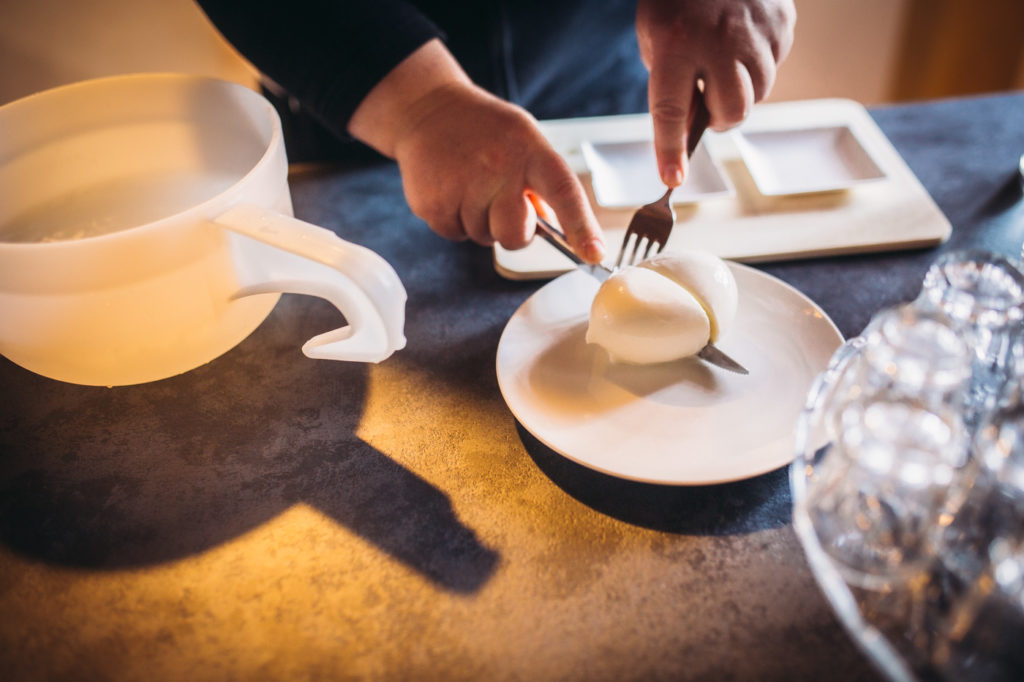
“That means these are the original herbs that are perfect for this area,” she says. “We don’t force the soil to grow herbs that are not good for this climate, these conditions, this area.”
The herbs allowed the Zoffs to preserve resources by working with the ones at their disposal. It also helped address a shortage of another precious resource: water. To produce the grains often fed to cows on other farms is also problematic during periods of drought.
In addition to being an accessible source of nutrition, herbs are also a critical hydration delivery method during a time when Italy is experiencing emergency levels of water scarcity. “In the last 10 years in the region, we’ve had an increase in temperature, and when [the cows] suffer from the heat, they are stressed and produce less milk,” Zoff explains, adding that the herbs, which have high water composition, help mitigate that.
When Zoff describes the nutritional needs of the animals, the earthly needs of the soil and the farm, it’s clear she’s dedicated herself to understanding the very particular ecosystem, and I’m curious how she has learned these specifics in an industry that doesn’t widely model such solutions.
“It was not easy and we made a lot of mistakes,” she says with a laugh. Zoff approached her father 10 years ago about making changes to the care of the cows after researching online and learning about a rotational system in France. Zoff faced not only natural challenges, but also doubts of the farming community. She explains the anxiety her family experienced when they first made the decision to modify the diet of their cows: “We didn’t sleep at night because the technicians told us without the grain … [the cows] cannot survive.”
Fortunately, two influential figures intervened. The first was Alex Podolinsky, founder of the Biodynamic Agricultural Association of Australia. “He came to Italy very often and wanted to help farmers. This was, for him, a mission,” she says. Zoff met Podilinsky through his work with some of her wine-making friends with whom he worked to help develop biodynamic vineyards. He advised her on how to feed the cows and how to work with smaller machines instead of tractors, which would cause less damage to the soil.
The second was Francesca Pisseri, a veterinarian from Tuscany who Zoff’s father encountered at a conference. “She completely changed our way of seeing things,” Zoff says. Together, Zoff and Pisseri developed a rotational pasture system based on the size of their land. “She works on prevention, not treatment, and prevention is made first with nutrition.”
In speaking with Pisseri, she emphasizes this approach is something that applies to farms generally. “It is necessary to be independent of the global market and to produce the fodder resources necessary to feed the animals,” she says.
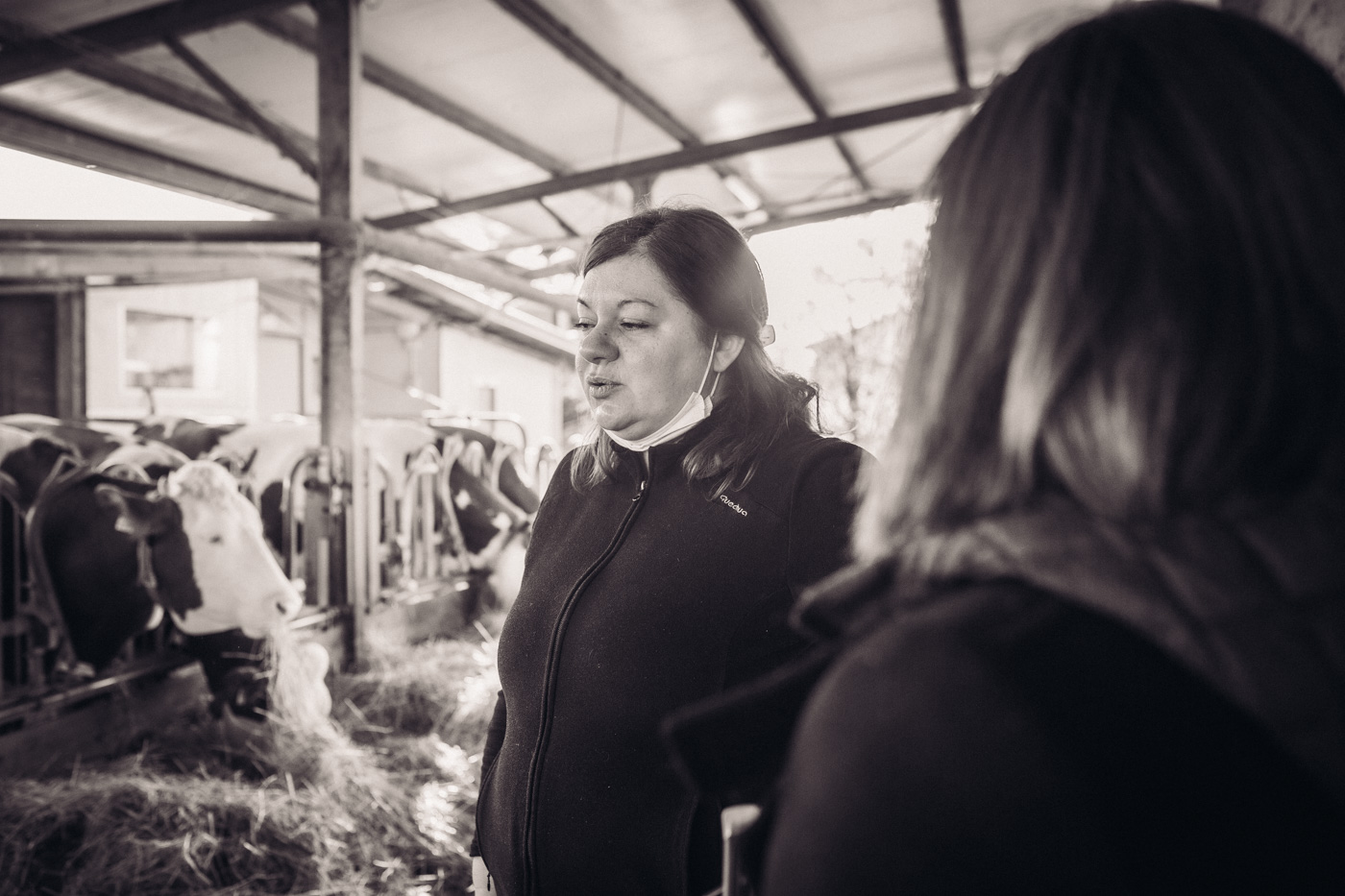
While each contributed unique knowledge, both Podolinksy and Pisseri shared a similar message. “They told us, you have to develop your farm depending on the resources you have at your disposal,” Zoff says. “There is no goal you have to reach. You work with what you have.”
Traditionally, Zoff was told the ideal ratio was one acre for each cow, a metric she couldn’t realize. But Pisseri’s guidance was based on a philosophy of quality over quantity. “We must not think about raising many animals, but a number of animals that can be fed with the resources of the territory. Breeding fewer animals there is greater well-being for them,” Pisseri says, noting this type of process is also important for the land. “The pasture rotation system allows for rapid regeneration of the grass. It also allows respect for the soil and an improvement in soil fertility.”
While these practices have immense long-term potential, Zoff notes part of the process is managing expectations. The outcomes require patience, and in addition to understanding what is natural to a place, that is a virtue all but lost in a society that pressures farms to produce quickly and abundantly.
“One of the ingredients in our cheeses is time,” Zoff says. “It’s the same [with] the herbs and soils and cows.”
So far, their leap of faith is proving to be a success. Zoff explains that in the milk industry, the average productive lifespan of a cow is five years, but that they now have cows that are 15 years of age.
Zoff explains the pivot to begin cheese production happened about 20 years ago. Relying on their primary resources are the land, the milk and the cows, as well as intergenerational knowledge, they were able to diversify their products. “My husband makes the cheese; he learned from my mom,” Zoff says, cutting into a mozzarella-style ball that was made less than 30 minutes earlier. Today, they have added yogurt, gelato, and an amaro made from their hay.
In order for farms like Fattoria Zoff to survive for future generations, the philosophy is to work with what is naturally available in order to mitigate long-term damage to soils.
“The big problem for our future is that the soil will not have any nutrition,” Zoff says. “Our aim is to have soils that work by themselves and that we leave for our kids for the future. That’s why we’re organic certified from the fields, to the stable, to the cheese production.”
In this sense, working with what they have ensures future generations can rely on these resources to carry on the mission and legacy. They won’t be burdened to seek out what is not readily available to them in a future that guarantees nothing.
“We relate the environment, the food, animals, and the needs of people and we try to build a system whose synergies prevail, and which is efficient,” Pisseri says. “Agroecology leverages local resources and the supply to ecosystem services. In this way, we also work to maintain the health of animals, the environment and people. It is essential to take care of the relationship between people and animals—kindness and calm are necessary—just as the Zoffs do.”





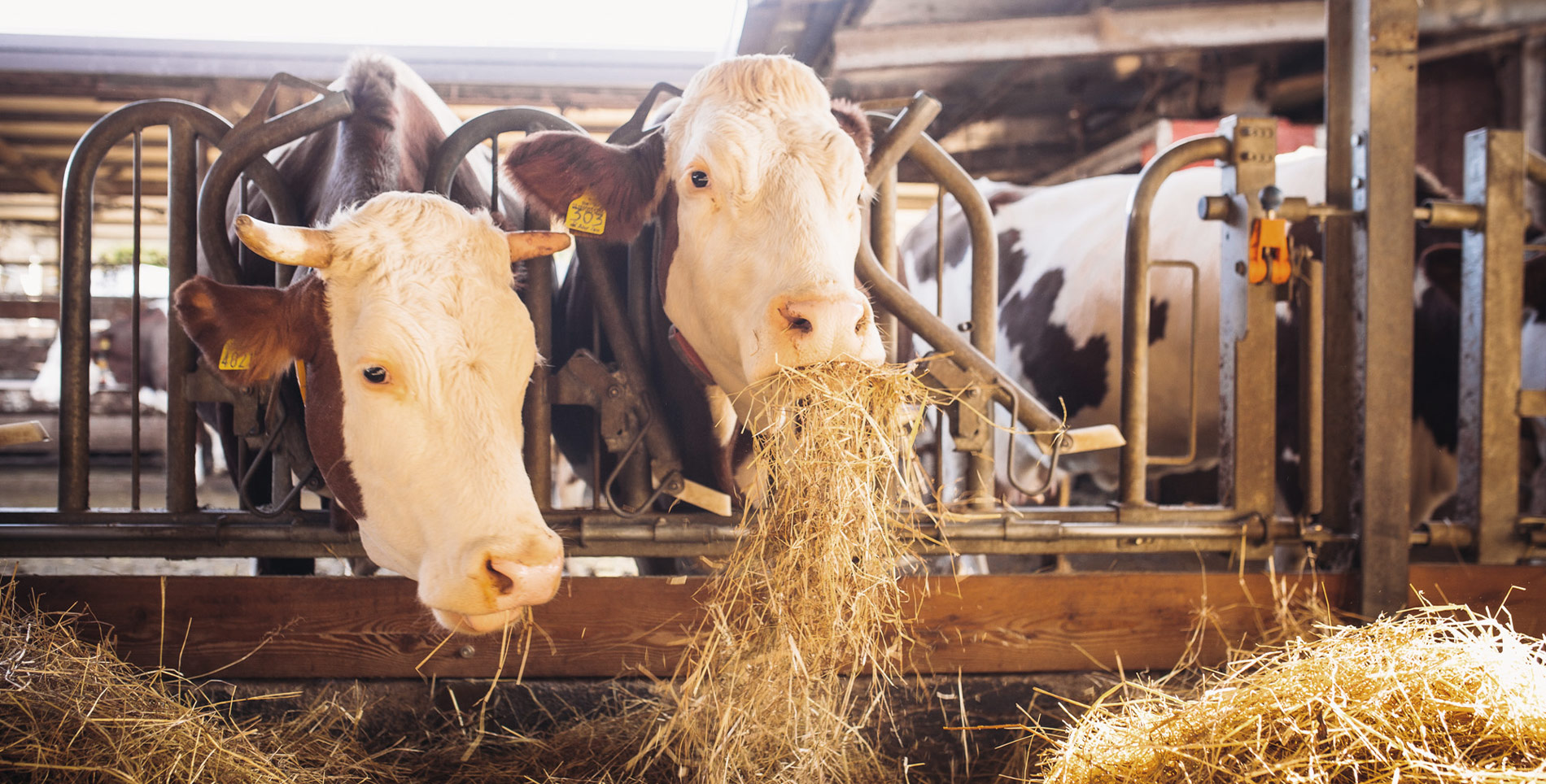

Our comments section is for members only.
Join today to gain exclusive access.